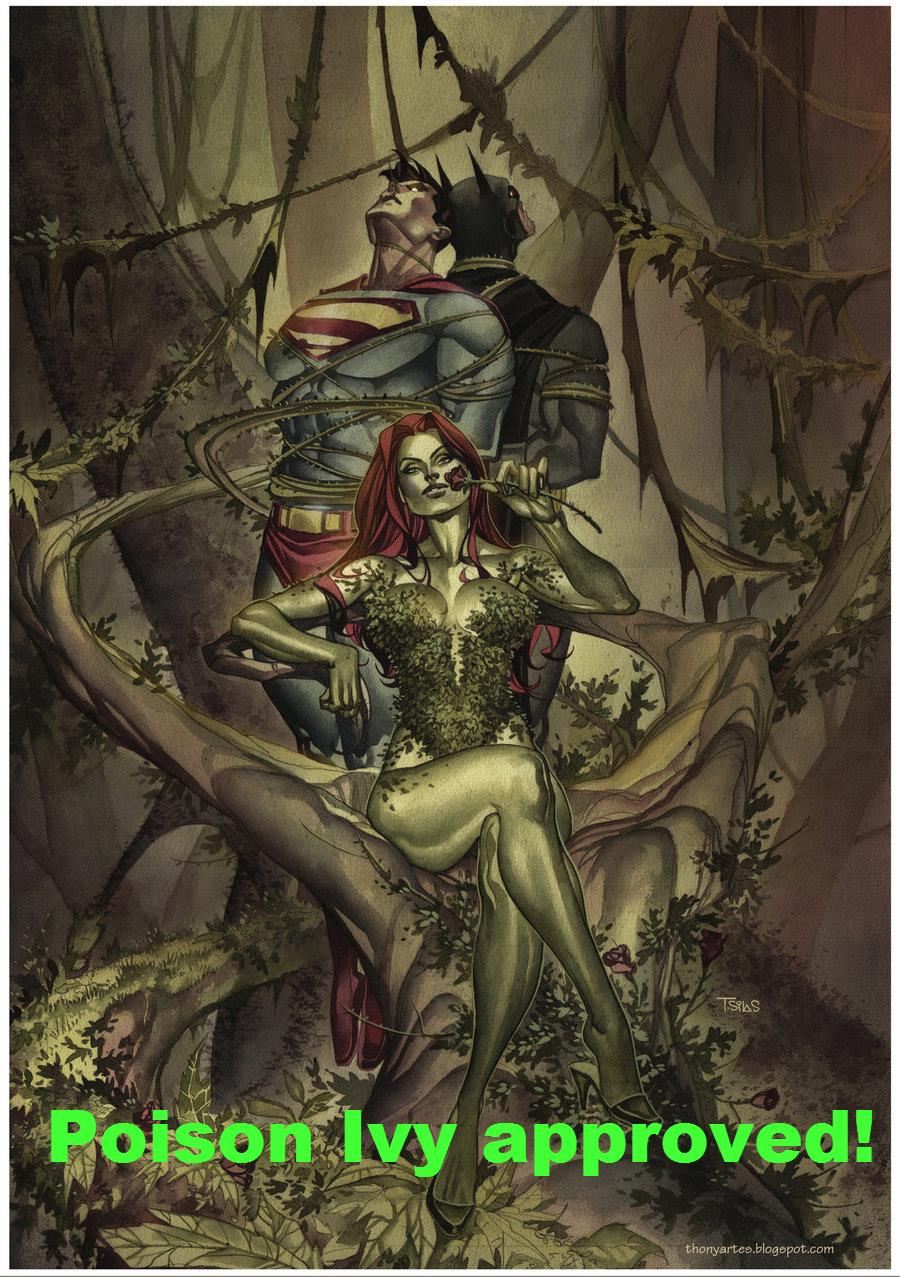So, has anyone out there in ACF-land ever grown carnivorous plants? Venus flytraps, pitcher plants, sundews & the like?
In my case, the answer is yes. I've been growing the little monsters for years. Some plants I've been very successful with, others not so much. Here are a few photos of my photosynthetic predators, current and past.

We'll start off with the one almost everyone knows, the Venus flytrap. This is what mine looked like, a few years ago. I no longer have them, due in large part to my part of Florida not having winters cold enough for long enough to sustain a proper dormancy period. The last one died back around May.

Here are a few of my sundews, Drosera burmannii species. These little guys die off every year. That's normal, as they're annuals by nature. They always come back from seed dropped the previous year. The glue-tipped tentacles on the leaves move to retain trapped prey & to press the insect against the leaf surface for digestion. The tentacle movement is very slow, and can't readily been seen without time-lapse photography.

Some of my pitcher plants. These are all individual species & hybrids from North America.

One of the traps from my Nepenthes bicalcarata plant. This pitcher plant is native to Borneo, and can grow quite large. This is the only one of my plants that has a name. It's called "Fang", for obvious reasons. The venom-like drops at the fang tips are actually accumulated nectar secreted by the plant as a lure. It's thought that the fangs serve as ant traps. Ants are lured by the nectar, slide off the slippery fangs and drop into the pitcher.

Last, here's my "red-form" Cape sundew. These are the easiest carnivorous plants to grow. They're damn near indestructible, as long as they get enough water and light. This plant didn't like the overly-warm Florida summer nights & died off. What you see here are the clusters of new plants that regenerated from surviving roots in the soil.
If anyone wants to try their hand at growing their own carnivores, post questions either in the thread or PM. I can answer your questions to the best of my ability.
If you're REALLY serious about wanting to grow carnivores, I recommend this book: http://www.californiacarnivores.com/therevisedsavagegardenbypeterdamatopre-orderautographed.aspx This is the newly revised second edition, with updated information on cultivation of carnivores & new species. I need to get this myself, as I'm still working from the first edition. The website is also where I bought most of my plants. They pack and ship plants very securely, I haven't ever lost a plant due to their shipping practices.
In my case, the answer is yes. I've been growing the little monsters for years. Some plants I've been very successful with, others not so much. Here are a few photos of my photosynthetic predators, current and past.

We'll start off with the one almost everyone knows, the Venus flytrap. This is what mine looked like, a few years ago. I no longer have them, due in large part to my part of Florida not having winters cold enough for long enough to sustain a proper dormancy period. The last one died back around May.

Here are a few of my sundews, Drosera burmannii species. These little guys die off every year. That's normal, as they're annuals by nature. They always come back from seed dropped the previous year. The glue-tipped tentacles on the leaves move to retain trapped prey & to press the insect against the leaf surface for digestion. The tentacle movement is very slow, and can't readily been seen without time-lapse photography.

Some of my pitcher plants. These are all individual species & hybrids from North America.

One of the traps from my Nepenthes bicalcarata plant. This pitcher plant is native to Borneo, and can grow quite large. This is the only one of my plants that has a name. It's called "Fang", for obvious reasons. The venom-like drops at the fang tips are actually accumulated nectar secreted by the plant as a lure. It's thought that the fangs serve as ant traps. Ants are lured by the nectar, slide off the slippery fangs and drop into the pitcher.

Last, here's my "red-form" Cape sundew. These are the easiest carnivorous plants to grow. They're damn near indestructible, as long as they get enough water and light. This plant didn't like the overly-warm Florida summer nights & died off. What you see here are the clusters of new plants that regenerated from surviving roots in the soil.
If anyone wants to try their hand at growing their own carnivores, post questions either in the thread or PM. I can answer your questions to the best of my ability.
If you're REALLY serious about wanting to grow carnivores, I recommend this book: http://www.californiacarnivores.com/therevisedsavagegardenbypeterdamatopre-orderautographed.aspx This is the newly revised second edition, with updated information on cultivation of carnivores & new species. I need to get this myself, as I'm still working from the first edition. The website is also where I bought most of my plants. They pack and ship plants very securely, I haven't ever lost a plant due to their shipping practices.











